New! Listen to an AI generated podcast summary and discussion of this article . . . Author’s note: If you are not familiar with the preceding part(s) of this article, my suggestion is to first read Part 1, which contains…
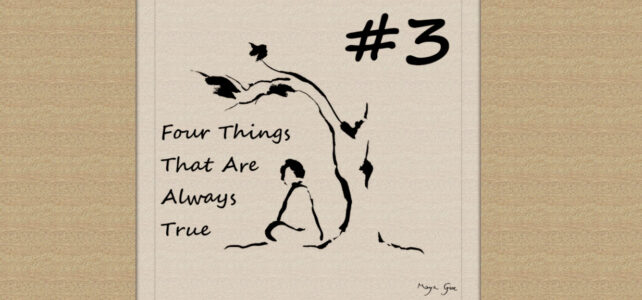
Champaign Urbana Taiji Qigong

New! Listen to an AI generated podcast summary and discussion of this article . . . Author’s note: If you are not familiar with the preceding part(s) of this article, my suggestion is to first read Part 1, which contains…
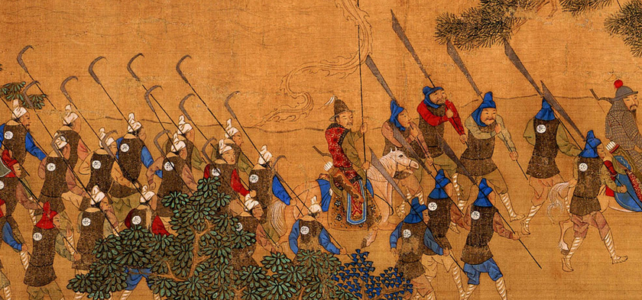
Knowing the origins and original purpose of taijiquan (tai chi) and the internal martial arts will help you to walk a straight path in your practice.
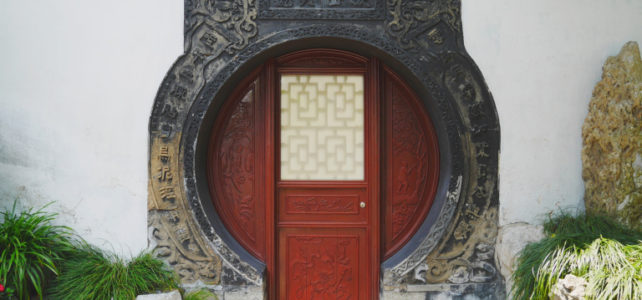
Part I of the introduction to the video series “Entering the Door: Understanding and Training the Learned Power of the Chinese Martial Arts.”
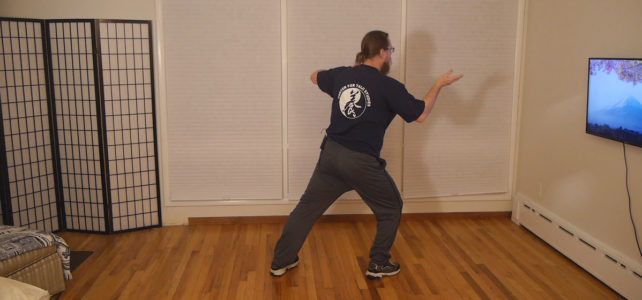
Instead of a typical blog entry on theory and mechanisms of taiji practice, I thought we’d just share a typical taiji class in this post. Below is a video playlist of portions of our Feb 18, 2021 virtual Zoom class…

One purpose of poetry is to communicate succinctly. My favorite songwriter John Prine was certainly a poet—he could tell an entire story in one sentence. (The day after I wrote this, John Prine was pronounced Illinois’ first poet laureate 🙂…
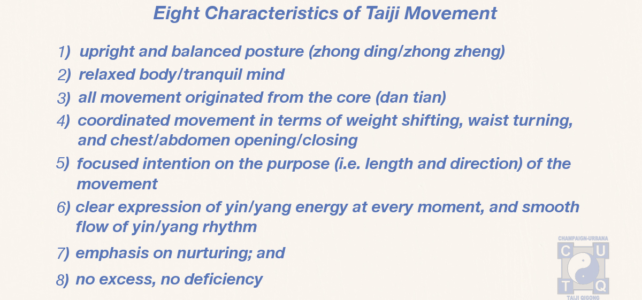
In Part I of our article “What’s the Difference?” I listed seven characteristics of taiji (tai chi) movement. Based on questions/comments received, I thought it worthwhile to expound a bit on each of these. The goal here was to make…
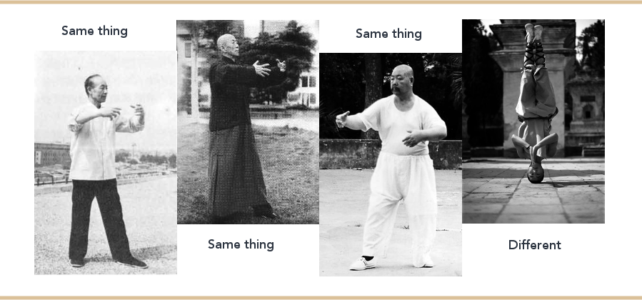
So what makes taiji taiji? I mean, what is unique to taijiquan, what makes it different from anything else? My 30+ year journey through taiji has paralleled my spiritual journey (and certainly not coincidentally so, as daily meditation is a…
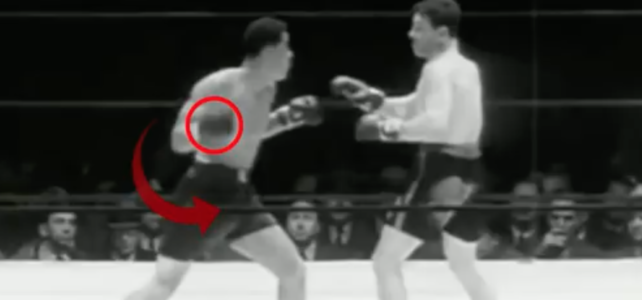
Background – Summary/Review of Internal Power As detailed in a previous two-part article series, internal power has two components – yin and yang aspects. The yang component is primarily core strength – learning to utilize core musculature to maximize power…
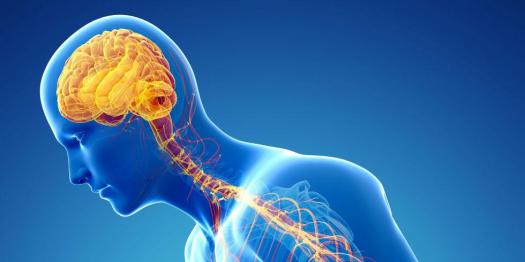
In Part I we examined the classical saying “power is released from the spine,” noting how flexion of the spine and core strength are integral mechanisms of “internal” power. This could be described as the “yang” of taiji (tai chi)…
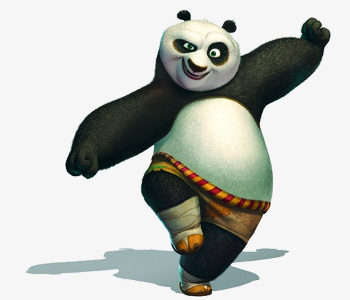
There is a famous traditional saying describing the process of learning taiji (tai chi): from similar in appearance to similar in spirit The taiji classics also say: “no excess, no deficiency.” When we start to learn taiji movement, we try…